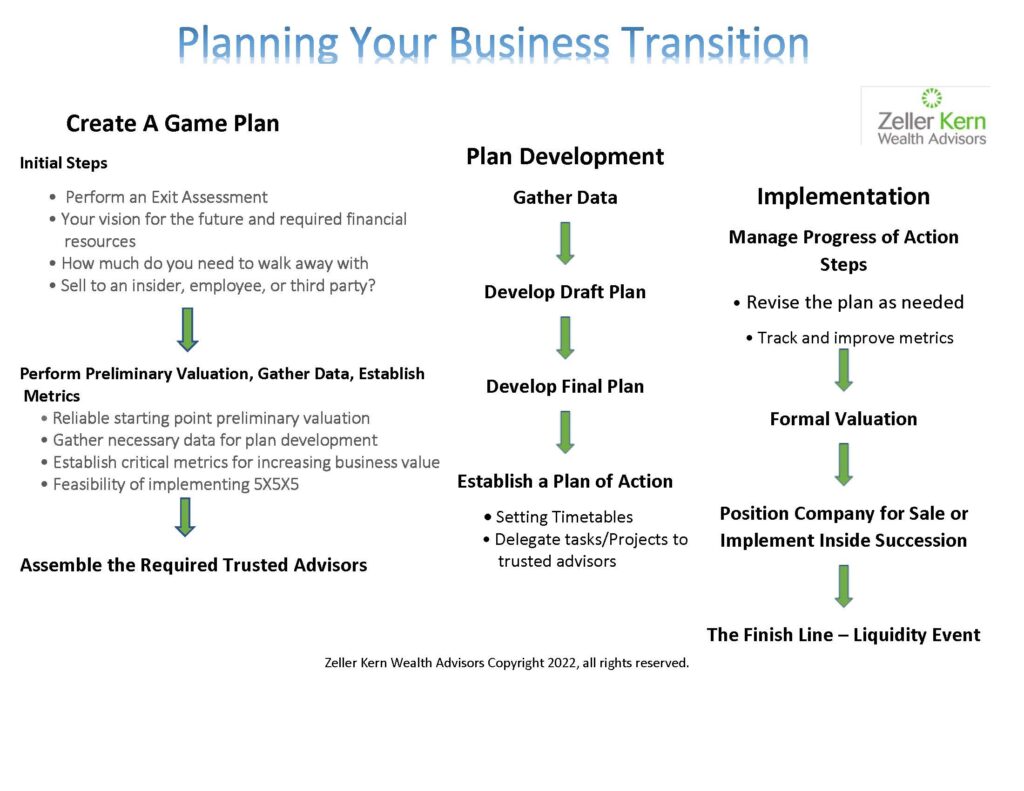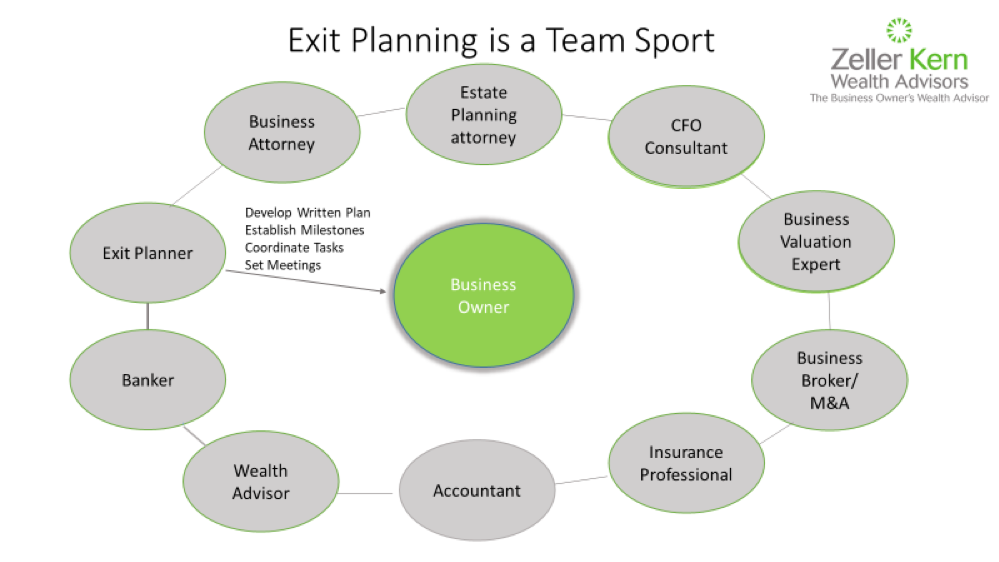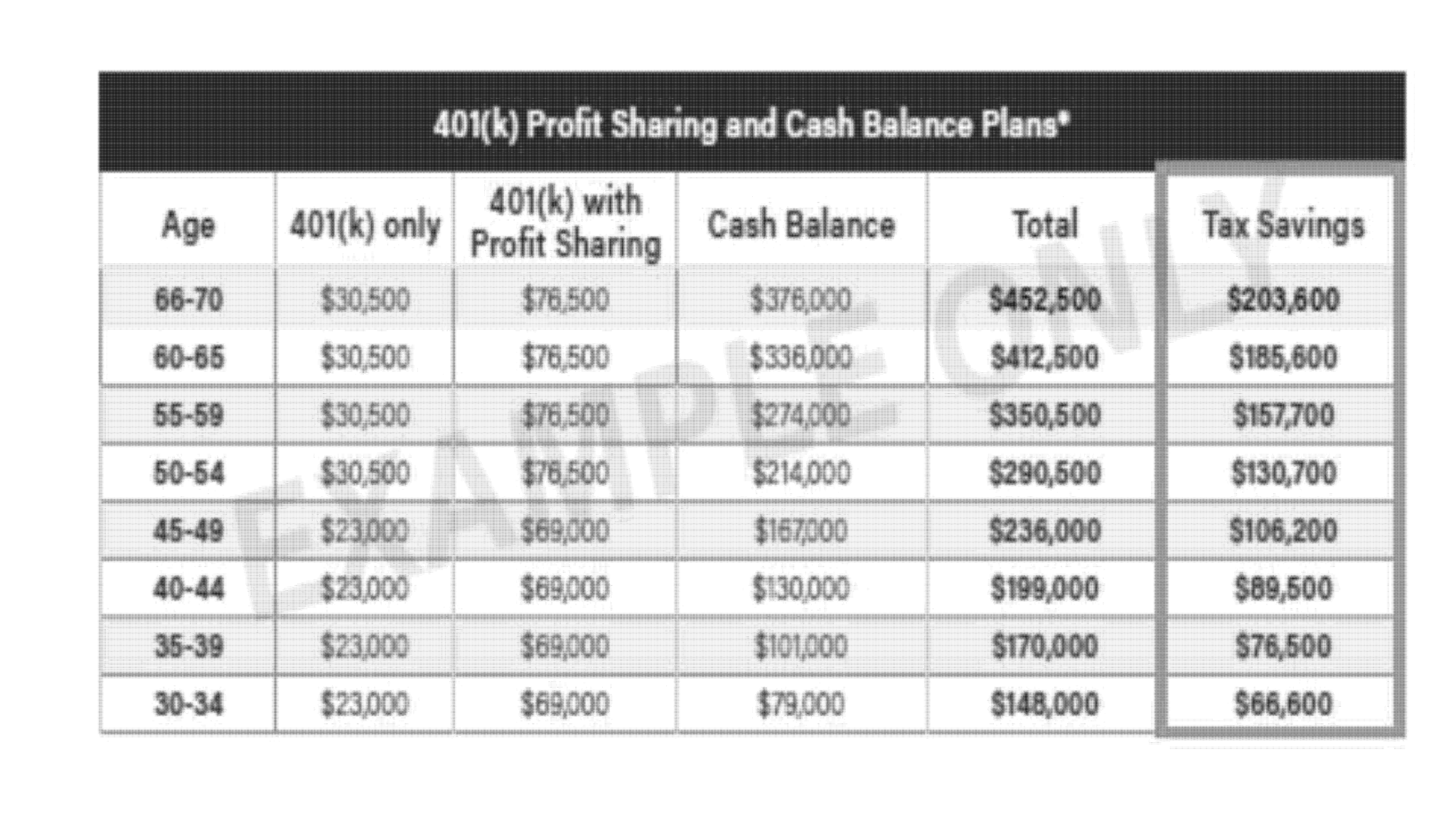 Whether we set New Year’s resolutions at the beginning of the year or any other point during the year, we often desire to challenge ourselves and set goals for personal growth and achievement. Too frequently, goals are established and later abandoned as we shift our focus to other priorities and distractions.
Whether we set New Year’s resolutions at the beginning of the year or any other point during the year, we often desire to challenge ourselves and set goals for personal growth and achievement. Too frequently, goals are established and later abandoned as we shift our focus to other priorities and distractions.
How do we set goals for ourselves that we are genuinely excited about pursuing and accomplishing and that motivate us to stay focused on reaching them? Over the years, I have provided planning guidance to individuals, and I have concluded that there is likely a particular approach to setting goals that is pursued more naturally by the individuals I work with. That approach involves applying a process that establishes personal goals aligned with the individual’s values.
We have found that it is essential to consider this approach because if the goals you established aren’t in alignment with your current life values, you will not be enthusiastic about pursuing and accomplishing them.
The challenge is to determine what those values are, prioritize them, and then establish goals under each of those values.
Exploring your values is a great starting point for assessing your life purpose, mission, and vision and setting your goals. The guideline for setting goals is S.M.A.R.T (Specific, Measurable, Achievable, Relevant, and Time-bound). This exercise focuses on the RELEVANT measurement of goal setting, which means they align with your stated values. Once you complete this exercise, you can begin to set goals that align with your values.
Step 1: Begin by studying the list of values and virtues below. Use a highlighter to mark the ones that appeal to or resonate with you in terms of maintaining or achieving them in your life. Some values may be combined if they are closely related to you. Examples would be “family” and “friends.” Some choices can be classified as a virtue, but they may still be important to you. “Wisdom” can be categorized as a virtue, but perhaps it can also be pursued within the values of learning, mastery, or knowledge. *Note: If there is a value of yours that isn’t listed, certainly include it.
Step 2: Write down the highlighted values that resonated with you.
-
Adventure Learning Health Leadership
Competency Family Financial Stability Meaningful Work
Curiosity Faith Community Financial Freedom
Step 3: Pick the Five Most Important Values
Step 4: Rank them in order of importance
Step 5: Answer the question: What goals can I pursue or accomplish that will enrich the areas within these values?
Step 6: Set your goals under these five pillars (values)—ensure your goals are S.M.A.R.T.
-
An additional step would be to list your key virtues within these five stated values. These are general statements on how to practice these values.
Step 7: Develop Your Life Purpose Statement.
The purpose of my financial resources and my life’s efforts is:
-
Example:
My financial resources and life purpose are to satisfy my curiosity and appetite for learning and discovery while also ensuring my financial stability. I will pursue meaningful work that makes a positive impact on my family, friends, and the community. I will also dedicate my lifestyle and schedule to maximizing my health.
Example of Values-related Goals (Note: these should have target dates of completion)
Ways that I will bring this purpose to life are:
-
Plan our trip to Greece for next year
Enroll is a bible study course in the first quarter of this year
Help our children grow, realize self-sufficiency, and pursue happiness. Fill a board position at my favorite charity this year
Read three books within my areas of interest per quarter
I will make the following changes to my lifestyle to further improve my health in the first quarter of this year—specifically, _______.
Reinforcing Your Focus on Goal Achievement
-
An additional exercise to reinforce these goals and increase the likelihood of achieving them is to review them three times a day.
Develop Your Own Personal Vision and Mission Statements
-
Additionally, you can establish an individual or family mission and vision statement.
A vision statement is your ideal future—it describes who you want to be, what you want to accomplish, and the impact you want to have on the world. Here are some steps to writing a personal Vision statement.
Step 1: Reflect on Your Core Values
Ask yourself:
-
What principles guide my decisions? (Integrity, faith, service, creativity, etc.)
What truly matters to me in life?
What motivates me to get out of bed each morning?
Step 2: Imagine Your Ideal Future
Picture yourself 5, 10, or even 20 years from now:
-
What have I accomplished personally and professionally?
How do I feel about my life and the impact of my contributions?
What kind of relationships do I have?
What legacy do I want to leave behind?
Step 3: Define Your Purpose & Aspirations
Your vision should be bold and inspiring. Consider statements like:
-
“I want to inspire and empower people through education.”
“I envision myself leading a purpose-driven business that makes a positive impact.”
“I will live a life of faith, integrity, and generosity, serving others daily.”
Step 4: Write Your Statement in the Present Tense
-
Your vision should be written as if it is already confirmed, making it more powerful. Example:
“I am a leader who uplifts and inspires those around me. I create growth opportunities, build strong relationships, and leave a lasting positive impact on the world.
Step 5: Keep It Short & Meaningful
-
Aim for one to three sentences that capture your aspirations.
Writing a Personal Mission Statement
-
A mission statement defines how you will bring your vision to life daily. It serves as your action plan for fulfilling your purpose.
Steps to Write Your Mission Statement:
Step 1: Identify Your Strengths & Passions
Ask yourself:
-
What am I naturally good at?
What activities bring me joy and fulfillment?
How do I want to use my talents to serve others?
Step 2: Define Who You Want to Serve
-
Who benefits from my work and actions? (Family, community, business, clients, etc.)
What needs can I meet with my skills and knowledge?
Step 3: Describe How You Will Fulfill Your Purpose
Consider the actions and behaviors that align with your vision. Examples:
-
I will utilize my leadership skills to mentor and empower young professionals.
“I will create meaningful content that educates and inspires others.”
“I will serve others through kindness, generosity, and faith-based leadership.”
Step 4: Make It Action-Oriented & Clear
-
“My mission is to lead with integrity, inspire others to reach their full potential, and continually grow in faith and wisdom.”
“I strive to build innovative businesses that solve real-world problems while creating a positive impact on my community.”
Step 5: Keep It Concise & Memorable
A strong mission statement is brief (1-2 sentences), actionable, and inspiring.
There is a lot to digest here. However, a great place to start is establishing your values and prioritizing them. From there, establish S.M.A.R.T. goals in each of the values that you want to focus on. It doesn’t have to be all of them; you can focus on a few in the first part of the year, the rest in the second part, and so on.
I recommend that you consider establishing a personal Vision statement and Mission statement because it reinforces why you’re striving for these goals in the first place.
Steven Zeller is a Certified Business Exit Planner, Certified Financial Planner, Accredited Investment Fiduciary, and Co-Founder and President of Zeller Kern Wealth Advisors. He advises business owners with developing exit plans, increasing business value, employee retention, executive bonus plans, etc. He can be reached at szeller@zellerkern.com






